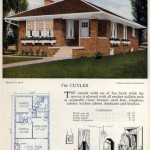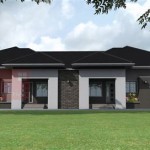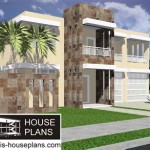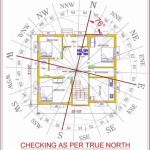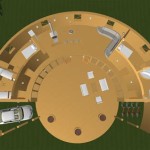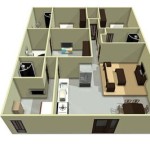Essential Aspects of Student Housing Unit Plans
Creating a well-thought-out unit plan is crucial for student housing complexes to meet the needs of their residents and ensure their comfort and well-being. Several essential aspects should be considered when designing these plans to maximize space, functionality, and convenience.
Space Optimization:
Student housing units are often compact, so it's vital to optimize space while maintaining functionality. Consider multi-functional furniture, such as a sofa bed or a desk with built-in storage. Vertical storage solutions, like shelves and wall-mounted racks, can also help maximize space.
Natural Lighting and Ventilation:
Natural light and proper ventilation are essential for creating a healthy and inviting living environment. Incorporate large windows or sliding doors to allow ample daylight in. Ensure cross-ventilation by placing windows and vents on opposite walls to promote airflow and reduce moisture buildup.
Storage Solutions:
Students need ample storage space to keep their belongings organized. Provide closets, drawers, and shelves within the unit. Consider under-bed storage or overhead racks to maximize vertical space. Encourage residents to utilize external storage options such as lockers or storage units.
Kitchen and Bathroom Amenities:
A fully equipped kitchen is a key amenity for student housing. Include essential appliances such as a refrigerator, stove, oven, and microwave. Provide sufficient counter and cabinet space for food preparation and storage. The bathroom should include a shower, toilet, and vanity with adequate lighting and ventilation.
Safety and Security:
Student safety should be a top priority. Each unit should have a secure entrance, such as a door with a deadbolt lock or a keypad. Consider installing smoke detectors, fire extinguishers, and carbon monoxide detectors for added safety. Proper lighting around the unit and in common areas helps deter crime and promotes a sense of security.
Comfort and Aesthetics:
The unit should be comfortable and aesthetically pleasing to create a welcoming space for residents. Use calming colors, incorporate comfortable furniture, and provide ample lighting. Consider adding personal touches, such as artwork or plants, to enhance the living experience.
Accessibility and Universal Design:
Student housing units should be accessible to all residents, regardless of their abilities. Consider features such as wide doorways, ramps, accessible bathrooms, and adaptable kitchen appliances. Universal design principles ensure that all residents feel comfortable and included in the living space.

Student Housing Floor Plans Apartment Home Design Hostels

Image Result For Student Accommodation Floor Plans House Four Bedroom

Mccarthy Hall Floor Plans Ku Student Housing

Student Housing 3d Floor Plans North Dakota

Stouffer Place Floor Plans Ku Student Housing

Floor Plan New Saint Francis Student Housing

Le Piagge Student Housing 1 Third Floor With Common Spaces For The Scientific Diagram

Student Housing People S Park

Templin Residence Hall Floor Plans Ku Student Housing

Temporary Modular Student Housing Triumph

